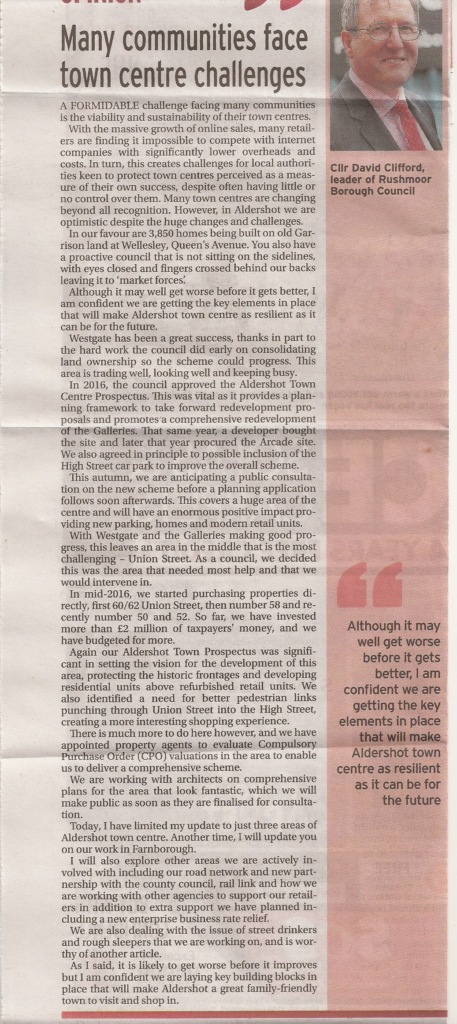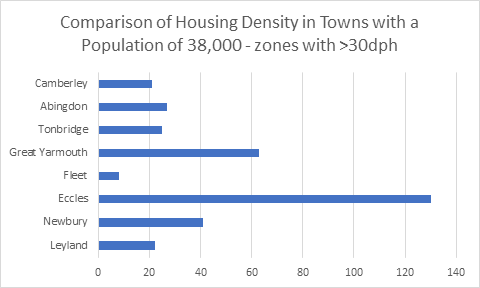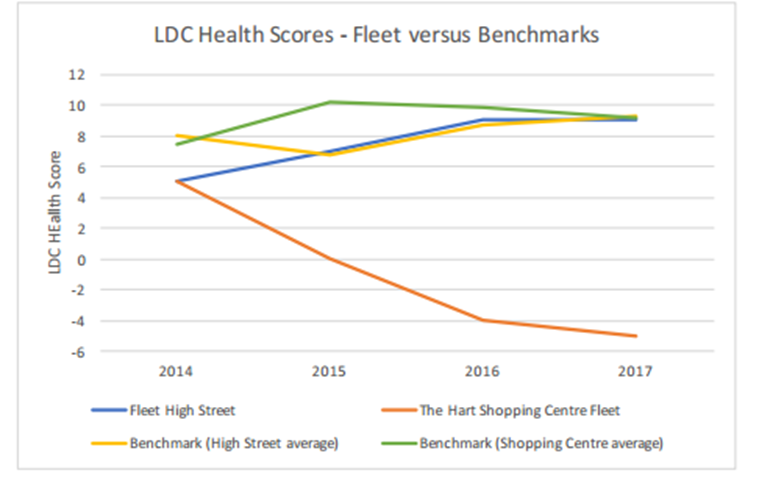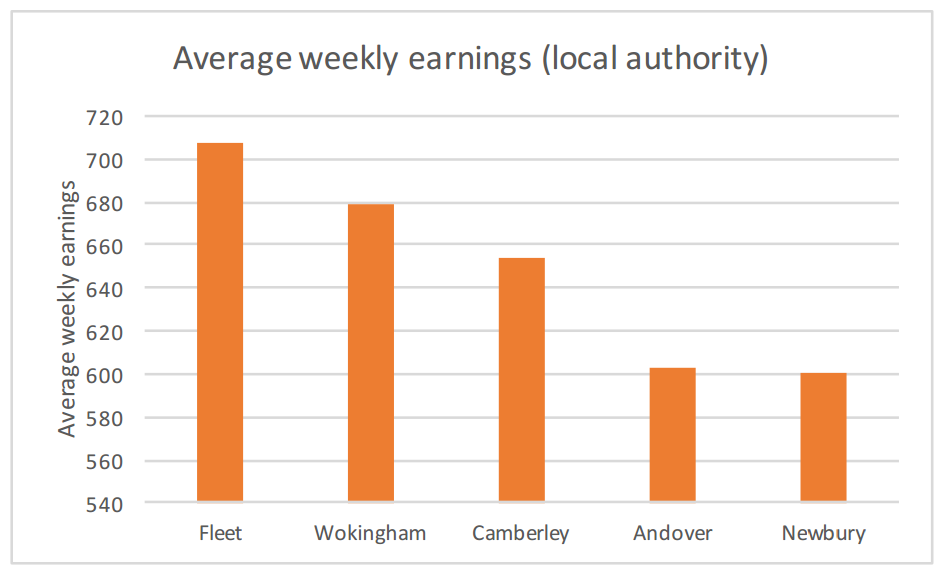A consultation has been launched on the latest iteration of the Hart Corporate Plan. Whilst this contains some welcome initiatives, there are other developments that are of significant concern.
We rask that you respond to the consultation that can be found here. The deadline is 4pm on 31st October 2017. We suggest you make the following comments:
- Communities. Restore the plan to create a Hart-controlled trading company to deliver much needed social housing to the district.
- Communities. Drop the idea of delivering more houses than identified in the SHMA, and follow the new Government housing target of 6,132 instead.
- Communities: Focus infrastructure spending on the areas most in need: roads, education and healthcare provision. Adopt a Local Plan that minimises the infrastructure funding gap.
- Local Economy. Drop the idea to obstruct brownfield development by using Hart controlled SANG to restrict redevelopment of brownfield sites.
- Local Economy. Restore the focus on urban regeneration, by appointing a cabinet member with specific responsibility for this area.
Community Campaign Hart dominate Hart Corporate Plan
Anybody who has been to the last two council meetings cannot have failed to notice the domination of Community Campaign Hart (CCH). This is evidenced by:
- Council leader passing furtive glances to CCH deputy leader as he answers questions from members.
- CCH leader passing notes on how to answer questions to the head of the Planning portfolio.
- Submissive body language from Lib Dem cabinet members towards CCH members.
This shows that the changes to the Corporate Plan have been driven by the CCH dominance of the coalition administration.
In particular, the policies to restrict brownfield development, drop the housing trading company and remove the focus on urban regeneration will impact Liberal Democrat voting areas such as Blackwater and Ancells Farm, where they hold both District and County seats.
The Lib Dems should reassert their position and start fighting for policies that will help the areas that vote for them.








